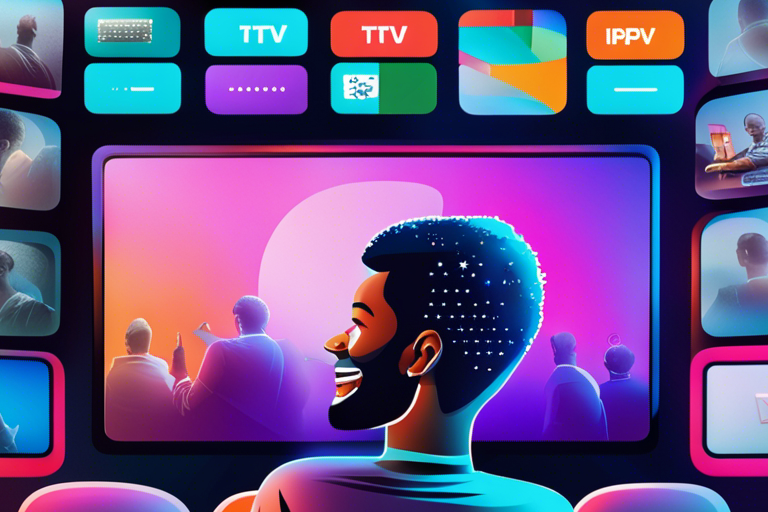
Technology is changing at an astounding rate. And the way we take in entertainment is changing right along with it. Internet Protocol Television (IPTV) has popped up as a seriously strong competitor to old-timey TV broadcasting. Nowadays, people want to watch what they want when they want it and want to do it in a seriously personalized and interactive way. In the United Kingdom, people not only have the option but are moving toward using IPTV more and more. And that isn’t just some kind of trend; it’s them embracing the future of TV.
IPTV is a technology that offers television content over the internet, instead of the traditional terrestrial, satellite, or cable formats. This modern method allows for the “live” streaming of television channels, the “anytime, anywhere” viewing of on-demand content, and the usage of interactive services that one might pay for, like a viewer’s encyclopedia, if such a thing as a “viewer encyclopedia” existed. IPTV sends its data to the devices from which one can watch TV using the efficient and versatile internet protocol suite.
In recent years, the adoption of IPTV services in the UK has risen sharply. Key players in the market—BT, Sky, and Virgin Media—have expanded their portfolios to include IPTV solutions, meeting the clear demand for on-demand content and flexible viewing options. Meanwhile, the TV landscape has been redefined by the arrival of streaming behemoths like Netflix, Amazon Prime Video, and Disney+, which have taken a significant number of viewers and reformed the very nature of TV consumption, with much encouragement toward seeking out tailored, diverse content. According to a study from the end of 2022, the UK IPTV market is expected to grow to £850 million in 2026, more than doubling from an estimated £329 million in 2022.
One of the key benefits of IPTV is its ability to provide flexible viewing. Audiences can watch the shows and films they love anytime they want—no tethering to “live” broadcast schedules required. This on-demand option is the IPTV basic Platform-canopy 1.0. Using this Platform-canopy, the unidirectional viewer receives a streamed (or ‘casted’) series of ones and zeroes that somehow translates to “picture” on a flat electronic surface. In addition to picture, the series of ones and zeroes also delivers “sound,” although the sound waves are usually emitted from the same device that’s emitting visible light waves.
The costs associated with many IPTV services often compare quite favorably to those of old-fashioned cable. Satellite-like packages are available, but the most recent trend has been toward the offering of slimmer channel lineups and more à la carte options. Some services allow you to customize your package to the point where it’s just a small leap from what used to be an un-ad- ducted basic cable service. Another selling point for IPTV providers is the wide array of devices through which their service can be accessed. Indeed, this is one of “stay with us” ploys that makes IPTV particularly attractive to younger audiences.
The IPTV regulatory landscape is still taking shape. The market is expanding, and with it comes the need for sensible guidance to ensure fair competition and adequate protection for consumers. IPTV providers face some tricky legal issues. They are, for instance, in the business of using copyrighted material. Navigating the legal framework necessary to do that is something this and other IPTV providers will have to figure out. Still, in the UK, the IPTV future looks bright. Shooting with 5G technology, along with undoubted improvements to the UK’s broadband infrastructure, promises to kick up both the quality and the accessibility of IPTV services. Overall, the TV over the Internet user experience will get better, too, as IPTV creators incorporate AI and ML to make services even more personalized and, by that standard, watchable.
Impending smart home technology and the Internet of Things (IoT) will undoubtedly affect the future of Internet Protocol television (IPTV) in a favorable way. More and more devices with different functions are being interconnected. Viewers now have the option of having even more control over their entertainment experience, which in large part means an interactive and immersive environment. The UK is not only at the forefront of IPTV penetration figures but also serves as a great example of the technology’s promises: audiovisual content in a wide array of genres, interactive features, and an overall flexible, albeit slightly fluid, viewing experience. As smart devices and functionally connected homes become the norm, IPTV will adapt to the implementation—control by interactivity—a bit more seamlessly than competitors that live behind a walled garden.

